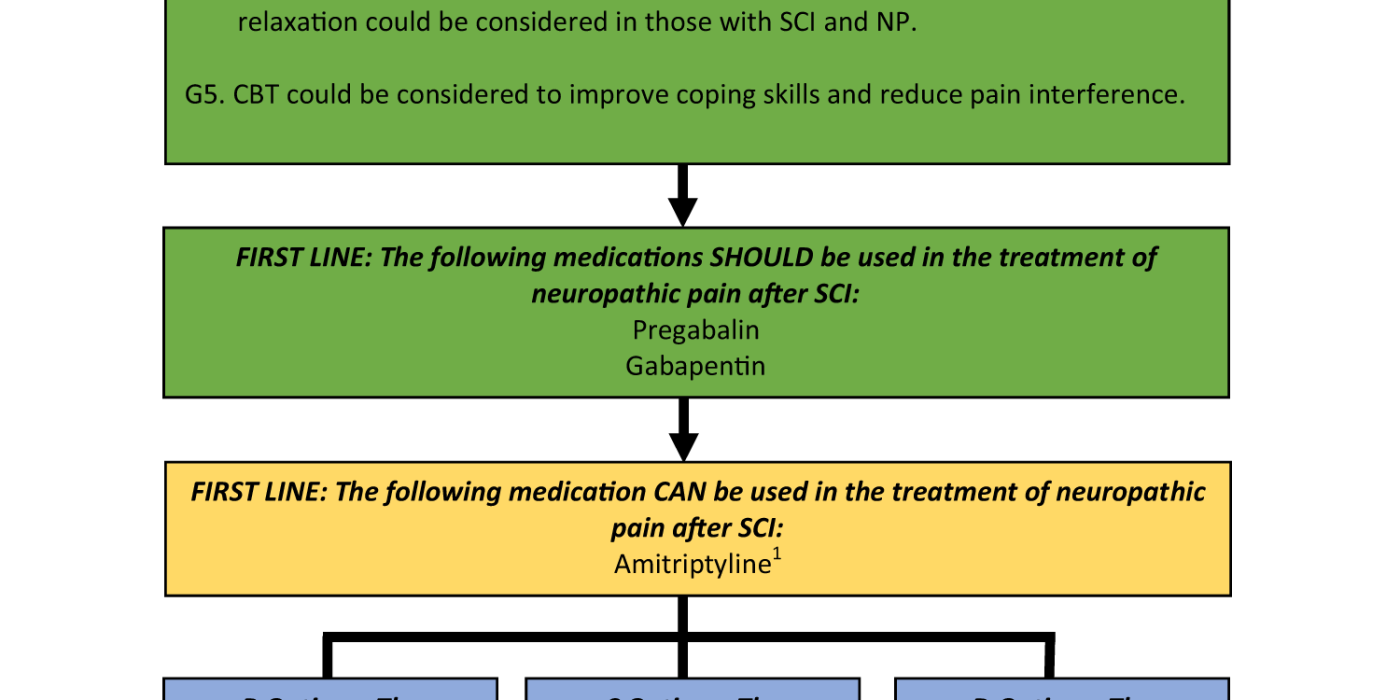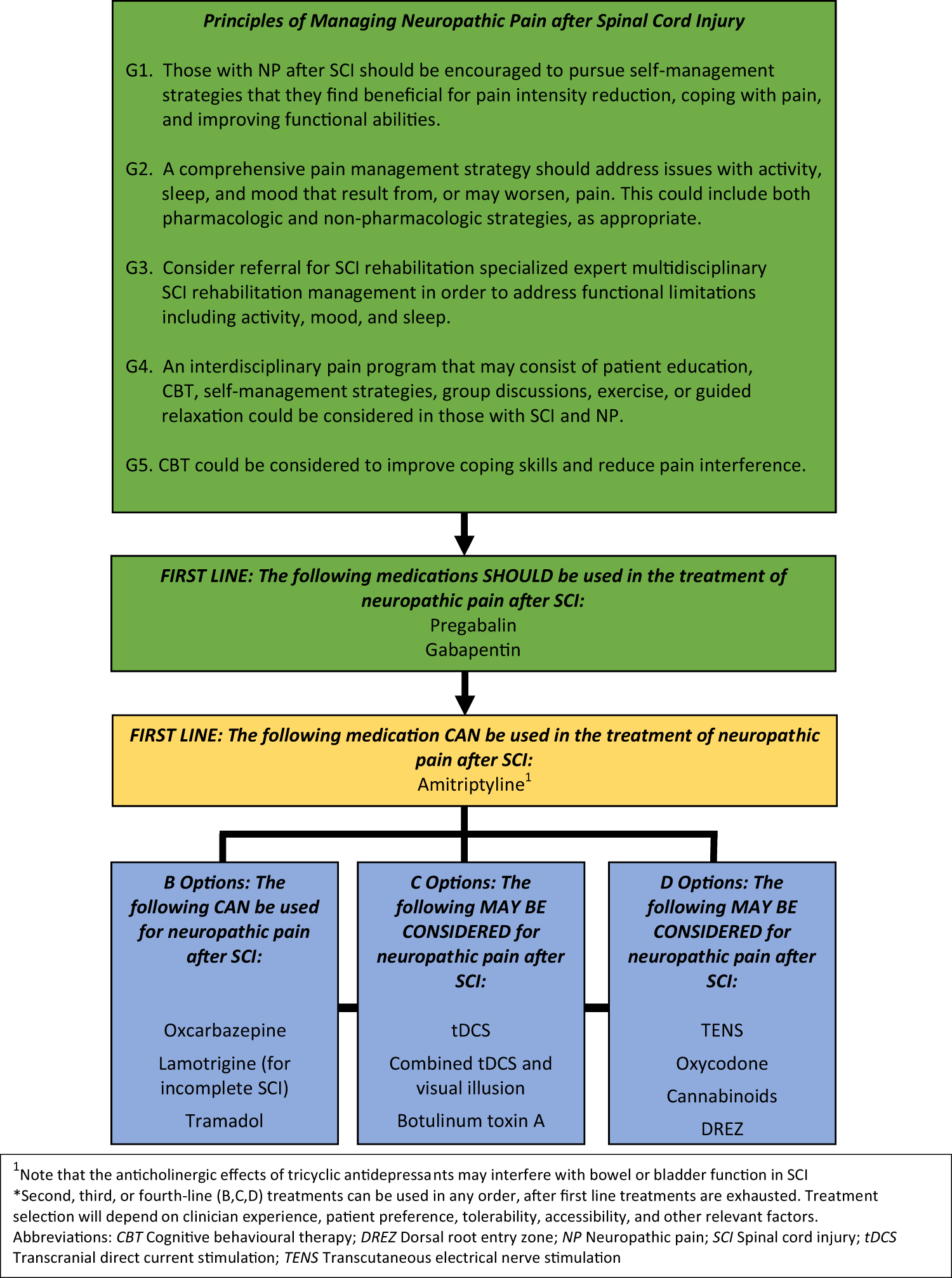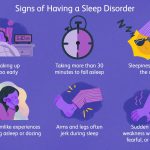Pain is a universal experience that can significantly impact our daily lives. Whether it’s a lingering headache, aching muscles, or a sharp sensation shooting through the body, finding relief is often at the top of our priority list. But what about neuropathic pain? Can the same pain relief techniques be used to alleviate this specific type of discomfort? Let’s dive in and explore the possibilities.
Neuropathic pain, also known as nerve pain, is caused by damage or dysfunction in the nervous system. It can manifest as a burning sensation, electric shocks, or numbness, and is often chronic in nature. While traditional pain relief methods such as over-the-counter medications or physical therapy may offer some relief for neuropathic pain, they may not always be sufficient. That’s where the question arises: can alternative pain relief techniques make a difference in managing neuropathic pain? Join us as we delve into this topic and discover the potential solutions that lie within our grasp.
Can Pain Relief Techniques Be Used for Neuropathic Pain?
Neuropathic pain is a complex condition that can be challenging to manage. It is characterized by chronic pain caused by damage or dysfunction of the nerves. Traditional pain relief methods may not always be effective in treating neuropathic pain, leading to a search for alternative techniques. In recent years, there has been growing interest in exploring non-pharmacological approaches to alleviate neuropathic pain. These techniques aim to provide relief and improve the quality of life for individuals suffering from this debilitating condition.
In this article, we will explore various pain relief techniques that can be used for neuropathic pain. From alternative therapies to lifestyle modifications, we will delve into the effectiveness and potential benefits of these approaches. Whether you are seeking additional options to supplement your current treatment or are interested in exploring non-pharmacological methods, this article will provide valuable insights and information.
Alternative Therapies for Neuropathic Pain
When it comes to managing neuropathic pain, alternative therapies have gained attention for their potential benefits. These therapies encompass a range of techniques that aim to alleviate pain and promote overall well-being. While scientific evidence supporting their effectiveness may vary, many individuals have reported positive outcomes. Here are some alternative therapies commonly used for neuropathic pain:
1. Acupuncture
Acupuncture is an ancient Chinese practice that involves the insertion of thin needles into specific points on the body. It is believed to stimulate the release of endorphins, which are natural pain-relieving chemicals. Some studies have shown promising results in using acupuncture to manage neuropathic pain. However, more research is needed to establish its efficacy in different types of neuropathy.
2. Transcutaneous Electrical Nerve Stimulation (TENS)
TENS is a technique that uses low-voltage electrical currents to stimulate the nerves and relieve pain. It involves placing electrodes on the skin near the affected area, which deliver electrical impulses. TENS is thought to work by blocking pain signals from reaching the brain. While TENS may provide temporary relief for some individuals with neuropathic pain, its long-term efficacy is still under investigation.
Lifestyle Modifications for Neuropathic Pain
Aside from alternative therapies, lifestyle modifications can also play a significant role in managing neuropathic pain. Making certain changes in your daily habits and routines can have a positive impact on your overall well-being and pain levels. Here are some lifestyle modifications that may help alleviate neuropathic pain:
1. Exercise and Physical Activity
Regular exercise and physical activity have been shown to have numerous benefits for individuals with neuropathic pain. Engaging in low-impact exercises, such as swimming or walking, can help improve blood circulation, release endorphins, and reduce pain. It is important to consult with a healthcare professional or physical therapist to develop an exercise regimen that is safe and suitable for your specific condition.
2. Stress Management Techniques
Stress can exacerbate neuropathic pain symptoms. Therefore, implementing stress management techniques can be beneficial in reducing pain levels. Practices such as deep breathing exercises, meditation, and mindfulness have been shown to help individuals cope with pain and promote relaxation. Additionally, engaging in activities that bring joy and relaxation, such as hobbies or spending time in nature, can contribute to overall well-being.
By exploring alternative therapies and implementing lifestyle modifications, individuals with neuropathic pain can potentially find relief and improve their quality of life. It is important to remember that what works for one person may not work for another, and it may take some trial and error to find the right combination of techniques. Consulting with a healthcare professional is crucial to ensure that these techniques are safe and appropriate for your specific condition. With the right approach, pain relief techniques can be valuable tools in managing neuropathic pain.
Key Takeaways: Can pain relief techniques be used for neuropathic pain?
- 1. Pain relief techniques can be effective in managing neuropathic pain.
- 2. Medications, such as antidepressants and anticonvulsants, may be prescribed for neuropathic pain.
- 3. Physical therapy and exercise can help improve symptoms of neuropathic pain.
- 4. Alternative therapies, like acupuncture and massage, may provide relief for some individuals.
- 5. It is important to work with healthcare professionals to find the best pain management approach for neuropathic pain.
Frequently Asked Questions
What are some pain relief techniques that can be used for neuropathic pain?
There are several pain relief techniques that can be used for neuropathic pain. One common approach is medication, such as antidepressants or anticonvulsants, which can help to reduce nerve pain. Physical therapy and occupational therapy can also be beneficial, as they can help improve muscle strength and flexibility, which can in turn alleviate some of the pain. Additionally, alternative therapies such as acupuncture and massage therapy have been found to provide some relief for neuropathic pain.
It’s important to note that everyone’s experience with neuropathic pain is unique, so what works for one person may not work for another. It may be necessary to try a combination of different techniques to find the most effective pain relief.
Are there any non-medication approaches to pain relief for neuropathic pain?
Yes, there are non-medication approaches to pain relief for neuropathic pain. One such approach is transcutaneous electrical nerve stimulation (TENS), which involves applying mild electrical currents to the skin to help disrupt pain signals. This can provide temporary relief from neuropathic pain. Another non-medication approach is cognitive behavioral therapy (CBT), which focuses on changing thoughts and behaviors that may contribute to pain. CBT can help individuals develop coping mechanisms and reduce the impact of neuropathic pain on daily life.
It’s important to consult with a healthcare professional to determine which non-medication approaches may be most suitable for your specific situation.
Can lifestyle changes help with neuropathic pain?
Yes, making certain lifestyle changes can help with neuropathic pain. Maintaining a healthy weight through regular exercise and a balanced diet can reduce the strain on the body and potentially alleviate some pain. Avoiding triggers, such as certain foods or activities that worsen the pain, can also be helpful. Additionally, managing stress through relaxation techniques, such as deep breathing exercises or meditation, can help to reduce overall pain levels.
It’s important to remember that lifestyle changes may not provide complete pain relief, but they can contribute to overall pain management and improve quality of life.
Are there any natural remedies that can provide pain relief for neuropathic pain?
While natural remedies may not provide complete pain relief for neuropathic pain, some individuals find them helpful in managing their symptoms. One natural remedy that has shown promise is capsaicin cream, which is derived from chili peppers and can be applied topically to the affected area. Capsaicin works by desensitizing nerve receptors and may provide temporary relief from neuropathic pain.
Other natural remedies that may be worth exploring include herbal supplements, such as St. John’s wort or omega-3 fatty acids, which have been found to have anti-inflammatory properties. However, it’s important to consult with a healthcare professional before trying any natural remedies, as they may interact with other medications or have potential side effects.
Can nerve blocks be used for pain relief in neuropathic pain?
Nerve blocks are a potential option for pain relief in neuropathic pain. A nerve block involves injecting a local anesthetic or medication directly into or around the affected nerves, which can help to numb the area and provide temporary relief. Nerve blocks can be particularly useful when other pain relief techniques have not been effective.
It’s important to note that nerve blocks may not be suitable or effective for everyone, and they should be performed by a qualified healthcare professional. The duration of pain relief from a nerve block can vary, and multiple injections may be necessary for long-term management of neuropathic pain.
Treatment for Nerve Pain
Final Summary: Can Pain Relief Techniques Help with Neuropathic Pain?
In conclusion, the use of pain relief techniques can be beneficial in managing neuropathic pain. While neuropathic pain is a complex condition that can be challenging to treat, there are various pain relief techniques available that can help alleviate symptoms and improve quality of life for individuals suffering from this type of pain.
One effective pain relief technique for neuropathic pain is medication. Certain medications, such as anticonvulsants and antidepressants, have been found to be effective in reducing neuropathic pain by targeting the underlying causes and mechanisms. These medications can help modulate the abnormal nerve signals that contribute to the pain and provide relief.
Additionally, non-medication-based pain relief techniques, such as physical therapy and nerve stimulation, can also be beneficial. Physical therapy can help improve mobility, strength, and flexibility, which can in turn reduce pain and discomfort. Nerve stimulation techniques, such as transcutaneous electrical nerve stimulation (TENS) or spinal cord stimulation, work by interrupting the pain signals and replacing them with a more pleasant sensation, providing relief from neuropathic pain.
In conclusion, while neuropathic pain can be challenging to manage, pain relief techniques such as medication, physical therapy, and nerve stimulation can offer significant relief and improve the overall quality of life for individuals living with this condition. It is important to consult with a healthcare professional to determine the most appropriate pain relief techniques for individual cases, as treatment plans may vary depending on the underlying causes and severity of the neuropathic pain.




